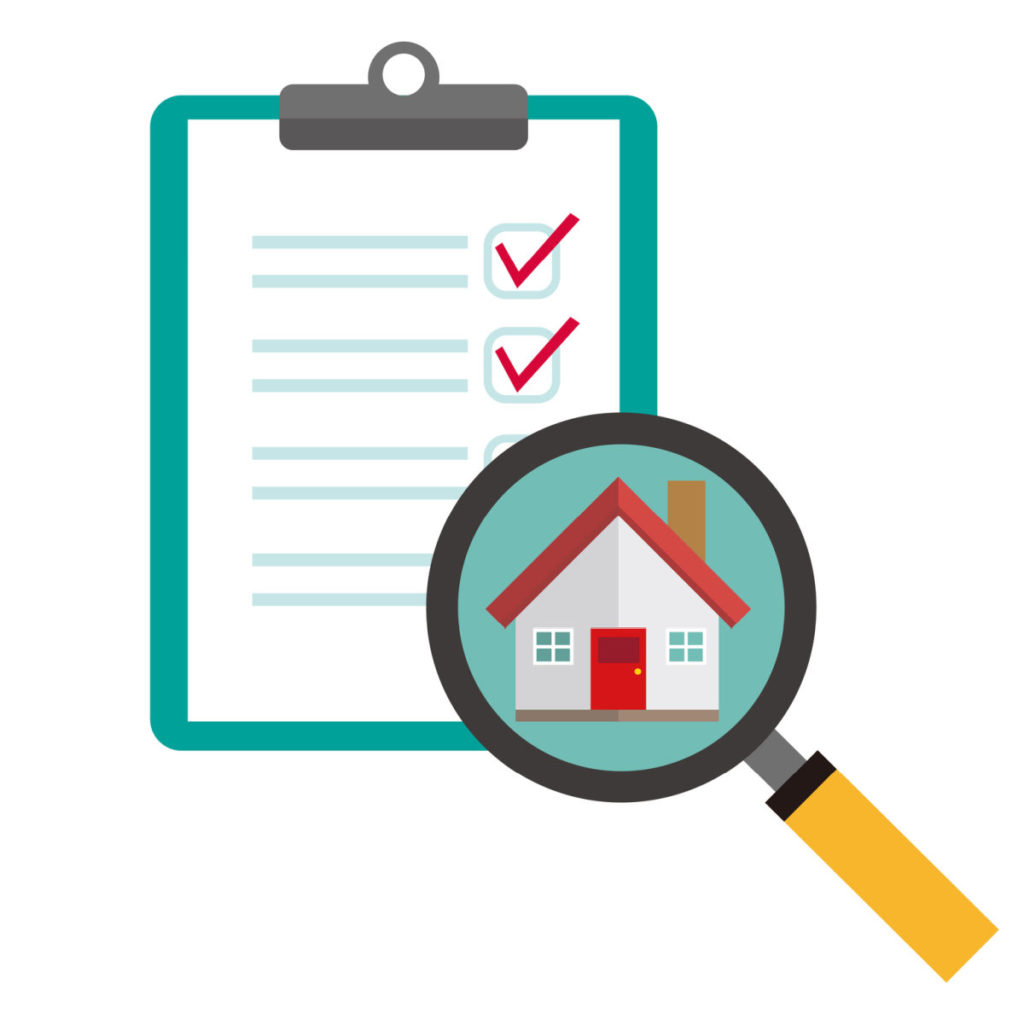A unique alternative to both consolidation loans and personal bankruptcy, a Consumer Proposal is often one of the best options for Canadians to get debt relief. Read on to learn more about Consumer Proposals and whether making a Consumer Proposal could be the right choice for you.
What is a Consumer Proposal?
A Consumer Proposal is a debt solution that allows you to legally consolidate all your debts into one repayment plan that usually offers creditors a partial recovery of your debt, in full satisfaction of the amount owing.
- Consumer Proposals provide an opportunity to consolidate your debt without financing and interest charges and allow you to have your debt partially forgiven without claiming bankruptcy.
- Debt repayment terms in a Consumer Proposal are flexible and tailored to your individual situation, making a Consumer Proposal a suitable debt management option in many different circumstances.
Consumer Proposals can only be filed by working with a Licensed Insolvency Trustee, and you’ll have our professional help and qualified expertise throughout the process.
What is a Licensed Insolvency Trustee? Learn More
What are the Advantages of Consumer Proposals?
From cutting monthly payments to creditor protection to debt cost savings, there are many built-in benefits to Consumer Proposals. Some advantages to choosing a Consumer Proposal over other debt management options include:
- Consolidating all your debt into one manageable repayment plan
- Virtually all types of debt can be included in a Consumer Proposal, including (but not limited to) credit card debt, overdrafts, tax debt, payday loans, student loans, CERB overpayments and more.
- Stopping ongoing interest, financing costs and other creditor charges
- Debts become ‘frozen’ and will not accumulate more interest or fees.
- Reducing the amount of debt you must repay down to what you can afford
- New monthly Consumer Proposal debt payments are usually substantially lower than prior monthly debt payments
- Breathing room and keeping your assets safe and protected from creditor collections and seizures
- Creditors must stop contacting you for payment and must discontinue all collection actions.
How Much Debt Will My Consumer Proposal Cut?
Consumer Proposals filed by Sands & Associates’ Licensed Insolvency Trustees are often successful in reducing debts by up to 50-80%. Some considerations to determine the amount of debt reduction that may be possible in your Consumer Proposal can include:
- Your overall personal situation and finances including income, expenses and household size.
- How much debt you have, and who your creditors are.
Once your Consumer Proposal has been filed your debts will be frozen and creditors will no longer be able to add interest and other charges to your debts. This freeze will also stop collections including phone calls, court actions, and even wage garnishment (in many cases, preventing these actions before they start).
- If you have an ongoing mortgage or vehicle financing in good standing with a lender you may choose to continue paying those secured debts outside your Consumer Proposal.
- Conversely, you may decide not to continue those agreements and include any balances owing from these secured debts in your Consumer Proposal.
Upon completion of your Consumer Proposal the debts included in your Consumer Proposal will be written-off and unpaid balances will be considered legally forgiven by your creditors.
Read More About How Much Debt a Consumer Proposal Can Eliminate
Are There Debts a Consumer Proposal Can’t Cover?
Almost all debt can be completely paid off in a Consumer Proposal, with few exceptions. Debt that may be included in your Consumer Proposal but have a remaining balance that needs to be paid after your Consumer Proposal is finished are limited to very specific debts:
- Fines imposed by a court and certain court-awarded damages
- Money owing due to theft or embezzlement
- Liabilities from obtaining property or services by false pretenses or fraudulent misrepresentation
- Alimony or maintenance payments
- Government student loans if your Consumer Proposal is filed within seven years after the end of your studies
- If it has been less than seven years since the end of your studies, your unpaid government student loans and interest will need to be repaid, less money your creditor was paid through your Consumer Proposal.
- However, if it has been seven years or more since you last attended school, all your student loans will be fully covered and forgiven through your Consumer Proposal.
You can choose to do a Consumer Proposal even if your student loan or another debt will survive. You may feel financially comfortable with a surviving government student loan for example, knowing that other debt payments will be extinguished.
If applicable, survivable debt balances would be discussed in detail together with your Licensed Insolvency Trustee during the consultation stage. Our goal is for you to have a “no surprises” experience and feel confident and in control when you move forward with a Consumer Proposal.
Learn More About Solutions for Government Debt Forgiveness
What Do I Need to Do During my Consumer Proposal?
Besides making whatever payments your Consumer Proposal calls for, other requirements are minimal and typically include:
Two Private Financial Credit Counselling Sessions: You’ll complete two sessions (around 45 minutes each) with one of Sands & Associates’ friendly Qualified Insolvency Counsellors.
These sessions are supportive conversations intended to offer you tools, strategies and resources for areas of financial literacy such as budgeting and spending habits, financial planning and goal setting, credit scores, and more.
Filing Tax Returns: Ensure your tax returns are filed up to date and new balances owing are paid.
- If you already have a balance owing to Canada Revenue Agency (“CRA”) your tax returns and any applicable business GST/HST returns should be filed up to date before your Consumer Proposal is made, for CRA to determine how much is owed.
- In some cases we can help you catch up on tax returns that need to be filed.
- If you regularly owe money on your tax returns, we may also include a clause in your Consumer Proposal that allows you to consolidate the exact tax amount owing up to the specific date you start your Consumer Proposal – even if that tax return is not yet due.
Attend Meeting of Creditors (rarely applicable): If your original proposal offer is not accepted by creditors, a meeting of creditors may be called by your Trustee. This meeting’s objective is to provide creditors an opportunity to reach an agreement on repayment terms acceptable to all parties.
- Nearly 99% of Consumer Proposals filed receive creditor approval as they provide for more money repaid to creditors than if an individual chose bankruptcy. What’s more, making a Consumer Proposal does not forfeit your option to seek bankruptcy should you later wish to do so.
Income: You are not required to report your household income during your Consumer Proposal.
Your regular earnings such as wages, commissions, self-employment income, pensions, etc., all continue to be paid directly to you throughout your Consumer Proposal. Other government benefits and credits (tax refunds, Canada Child Benefit, GST/HST Credits, etc.) will also continue to be paid to you as usual.
Does a Consumer Proposal Affect My Spouse?
Generally your spouse (or other family members) would not be impacted in any way by your decision to file a Consumer Proposal. The exception to this would be if your spouse is legally responsible for your debts together as a co-signer, co-cardholder or guarantor.
Many people tell us that if anything, using a Consumer Proposal to manage debt and negate its stress has a positive impact on their lives and relationships.
Read More About Dealing with Debt and Financial Stress in Your Relationship
What is the Cost To Do a Consumer Proposal?
Whatever repayment you are offering in your Consumer Proposal terms includes all administrative fees, the cost of which will essentially be paid by your creditors. Licensed Insolvency Trustee fees are set by government tariff, not a ‘fee for service’:
- These fees cover everything, including the government’s charge to register your Proposal, professional services, disbursements and counselling costs
- Fees are calculated to legal guidelines and simply deducted from the funds your creditors receive
- No additional payments are needed from you beyond what you are offering to creditors
Sands & Associates does not charge an up-front fee to start your Consumer Proposal and debt consultations and ongoing support throughout your Consumer Proposal are always free.
How Long is a Consumer Proposal?
The length of time a Consumer Proposal lasts depends on your needs and specific situation.
- Most Consumer Proposals will intend for you make monthly payments, with terms of up to 60 months, but some Consumer Proposals may offer a one-time lump sum payment instead.
- Although some people may offer an asset (or funds from the sale of) as part of their Consumer Proposal, this is less common. Generally you will keep all your assets.
- You can make additional payments throughout your Consumer Proposal and even pay-off your Consumer Proposal early at any time without penalty.
Once all terms of your Consumer Proposal are complete you will receive a Certificate of Full Performance making official the full and final settlement of your debts – you are now debt-free!
Consolidating Debt with a Consumer Proposal: Step-by-Step
How Does a Consumer Proposal Impact my Credit?
In most cases only you, your Licensed Insolvency Trustee, the Office of the Superintendent of Bankruptcy (“OSB”), and your creditors will know about your Consumer Proposal, and credit bureaus will request information for their records directly from the OSB.
- The OSB is part of Industry Canada and is the government body that oversees all Licensed Insolvency Trustee matters and filings that the Bankruptcy and Insolvency Act applies to, including Consumer Proposals.
A Consumer Proposal will show as an R7 note on your credit history for three years following completion, or six years from the date it started (whichever comes first). This is similar duration to informal credit counselling debt repayment plans.
- Many people find they can gain a strong credit rating faster by settling their debts with a Consumer Proposal rather than if they continue with debt repayment on their own.
It is possible to apply for and be granted credit before this temporary R7 note expires from your credit history, including vehicle financing, mortgage renewal, etc. Guidance on boosting your credit rating and other financial resources form integral parts of the financial counselling process.
How Do I Start a Consumer Proposal?
There are three basic steps to getting a Consumer Proposal started with Sands & Associates:
- Have a confidential consultation with a Licensed Insolvency Trustee (or Insolvency Estate Manager working with a Trustee)
- Complete an information form so your Consumer Proposal documents can be prepared
- Sign the official Consumer Proposal documents
Your Licensed Insolvency Trustee will take care of the administration of your Consumer Proposal including working on your behalf in creditor communications and notifying your creditors of your Consumer Proposal.
There are many circumstances and events that cause situations where it is no longer possible to continue managing debts on your own, or as you may have originally planned. Please know that whatever challenges may have happened, there are solutions that work – and we’re here to help you find the one that’s right for you!
Explore your options and learn how a Consumer Proposal could get you to debt-free. Book your free confidential debt consultation. Virtual and in-person services are available across BC.






